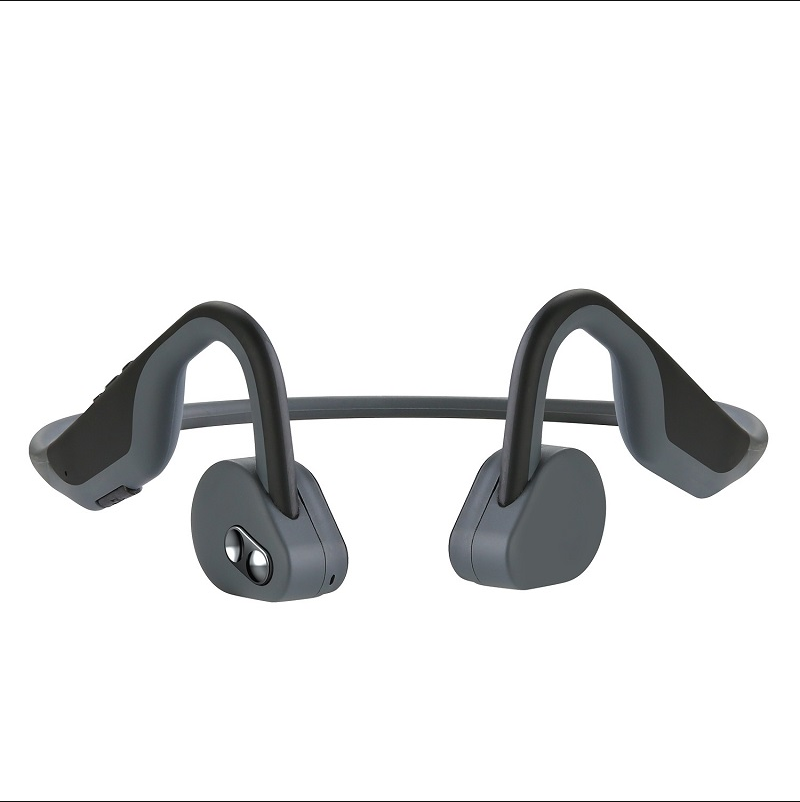


Why Is It Called The Best Bone Conduction Headphone?
A way in which sound waves are transmitted to the inner ear: the sound waves directly pass through the skull to cause corresponding fluctuations in the perilymph, and stimulate the cochlear helix to produce a hearing feel. Known as the best bone conduction headphone
Under normal circumstances, sound waves are transmitted to the inner ear through two paths of air conduction and bone conduction, and then the inner and perilymph fluids of the inner ear produce vibrations. The spiral organ completes the sound process, and then the auditory nerve generates nerve impulses, which are presented to the auditory center and the brain After a comprehensive analysis of the cortex, the sound is finally "heard". Perhaps for air conduction (the path is sound waves-auricle-external auditory canal-tympanic membrane-malleus-incus-stapes-vestibular window-external and endolymph-spiral organ-auditory nerve-auditory center), we have more or less some Perceptual knowledge, but the best bone conduction headphone is a bit incomprehensible. Perhaps you will understand by giving an example: cover your ears with your hands and talk to yourself, no matter how small the voice, we can hear what we say, this is the result of bone conduction.
The origin of the wireless bone conduction headphone comes from the example of the musician Beethoven biting his teeth to learn the piano. For example, snakes hear sound through bone conduction. Bone conduction has two methods: mobile and squeeze. You don’t need to use your skull to feel the sound. However, when the pathology of the outer and middle ear hinders the transmission of sound waves, bone conduction can be used to compensate for hearing. For example, bone conduction hearing aids and bone conduction headphones use bone conduction to feel sound.